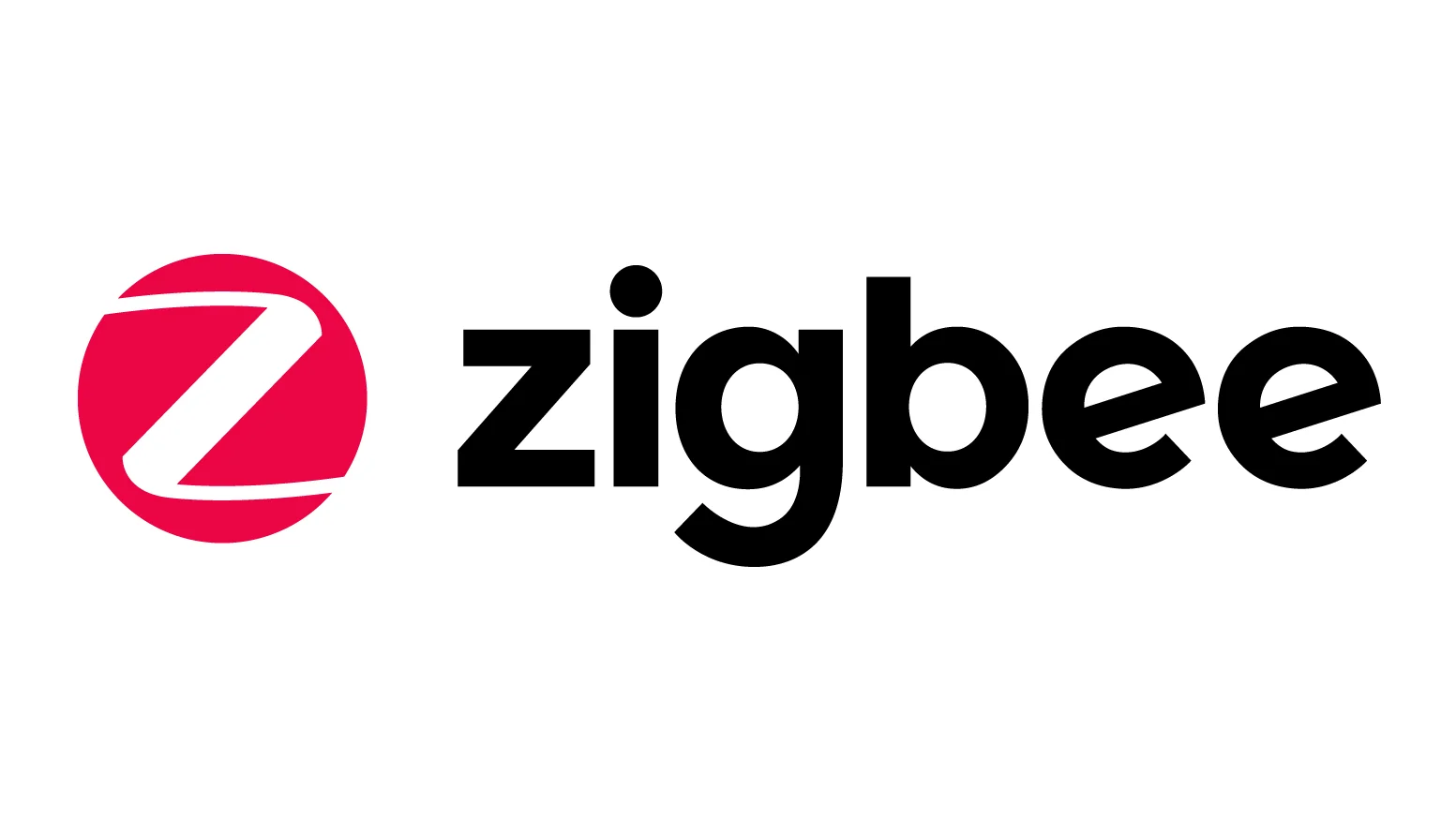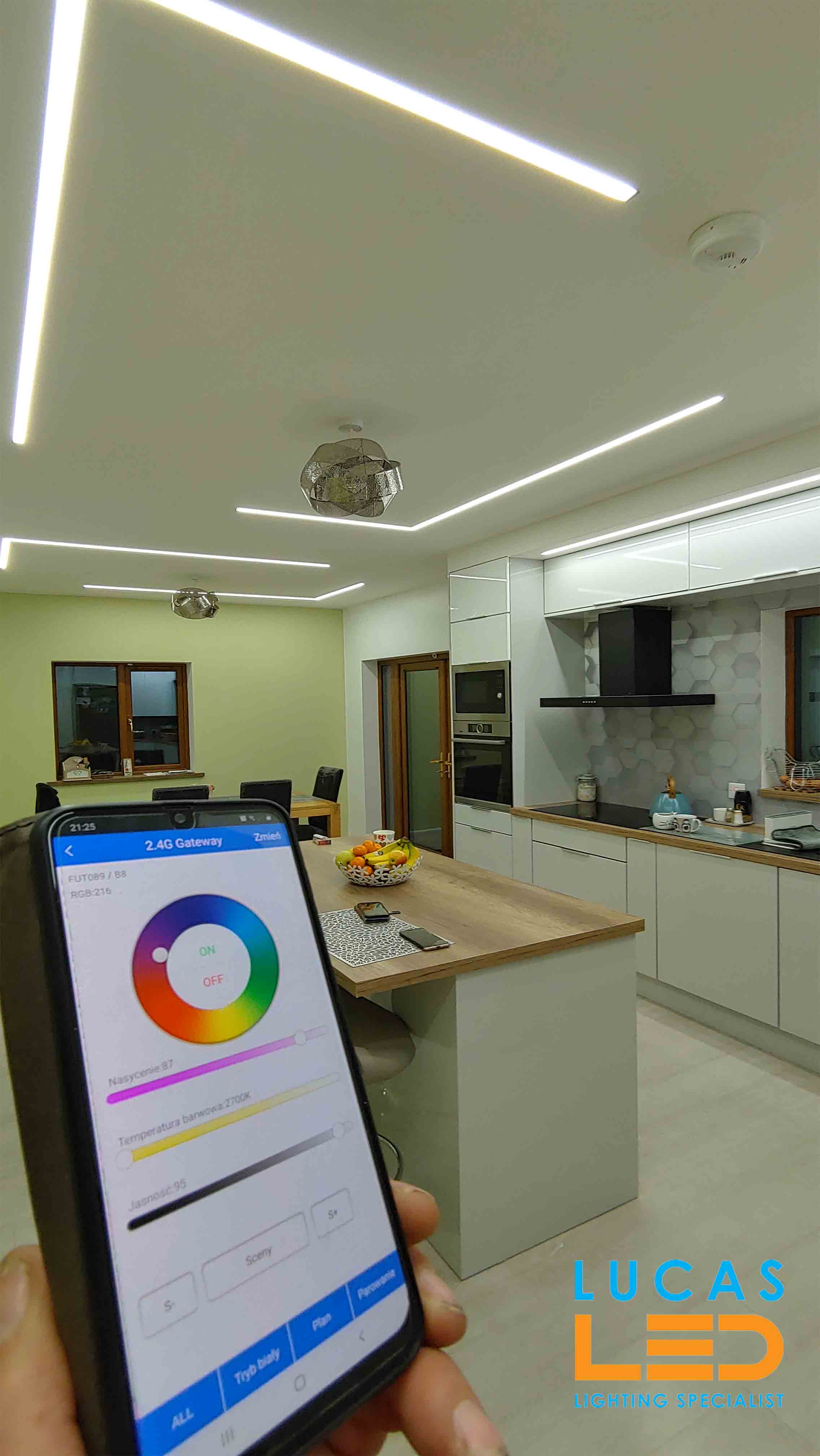ZigBee 3.0

Zigbee is a wireless technology that operates in the 2.4 GHz, 900 MHz and 868 MHz radio bands, created as an open global standard for low-cost and low-power wireless IoT networks. This technology can be compared to Wi-Fi, but it has different advantages, such as a lower power (25% less power) consumption and a range of up to 100 meters.
Also, ZigBee devices can receive and send a signal at the same time thanks to the dual channel of the network. It also has instant access, used mostly by motion sensors, making the network more efficient and faster than other ZigBee protocols.

In recent years, a new ZigBee version has been developed, ZigBee 3.0.
ZigBee 3.0 brings back together all the different ZigBee environments into a single ZigBee 3.0 solving old issues and making it more useful and efficient.
ZigBee 3.0 is the best option to have a completely functional smart home, making all the devices have communication between them and use a remote control with a controller or even your phone by an application. To control the devices you will need a ZigBee gateway, the phone application and ZigBee devices..

It also can be programmed to do automatic tasks at a specific time of the day or with a sensor to power on when someone is around.
This protocol has been also designed to make data communication through noisy RF environments, making it really efficient on commercial and industrial spaces.
General characteristics of Zigbee standard:
- Low Power Consumption
- Low Data Rate (20- 250 kbps)
- Range up to 100 meters
- Network Join Time (~ 30 msec)
- Support Small and Large Networks (up to 65000 devices (Theory); 250 devices (Practically)
- Low Cost of Products and Cheap Implementation (Open Source Protocol)
- Extremely low-duty cycle.
- 3 frequency bands with 27 channels.
- Channel 0: 868 MHz (Europe)
- Channel 1-10: 915 MHz (US and Australia)
- Channel 11-26: 2.4 GHz (Across the World)
ZigBee supports a great range of applications, such as PIR motion sensors, remote controls, wired gateway, some routers, LED downlights, LED floodlights, strip controllers… Almost every product. ZigBee 3.0 unifies the market-specific application profile to allow every ZigBee wireless device connected in the same network, irrespective of their market designation and function, also ensuring interoperability of products from different manufacturers.
ZigBee 3.0 types of security
- Centralized security: This method employs a coordinator/trust center that forms the network and manages the allocation of network and link security keys to joining nodes.
- Distributed security: This method has no coordinator/trust center and is formed by a router. Any ZigBee router node can subsequently provide the network key to joining nodes.

Advantages:
- High node support: With ZigBee you can have up to (65,000 theoretical nodes) 250 nodes (true practical nodes) in a single network, and it can be added at any time on the network, it is scalable.
- Range up to 100 meters (without thick walls or any obstacle) With mesh topology the communication will improve and work better.
- Control and monitoring: It is easily monitored and controlled remotely with a mobile app or even with a ZigBee controller compatible with your installation.
- Backward compatibility with other ZigBee profiles.
- Security enhanced with encryption methods.
Disadvantages:
- Due to the channel noise of the network it could have some interference.
- Lower data rate compared to other types of network making it less suitable for high-speed applications.
- ZigBee installation can be expensive depending on the devices and implementations.














